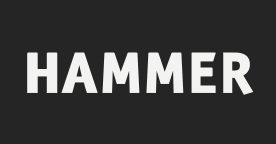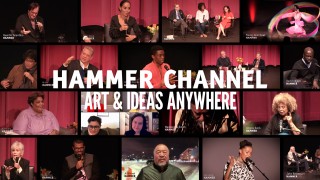Climbing the Walls
Sunflowers (design for M. H. Birge & Sons Company wallpaper), 1921. Watercolor and graphite on paper mounted on board, 27 1/2 x 20 in. Burchfield Penney Art Center. Gift of Charles E. Burchfield Foundation, 1975.
CLIMBING THE WALLS
From 1921 to 1929 Burchfield worked as a designer at the M. H. Birge & Sons wallpaper factory in Buffalo, New York. While he viewed the wallpapers he created there as independent from the art he produced during this time (he once referred to the wallpaper as “hack” work), their designs were, like his art, all based in nature, and they reflected the art-historical influences that had excited and informed him as a student at the Cleveland School of Art, which he attended from 1912 to 1916. Diverse influences such as the Japanese woodcut prints of Katsushika Hokusai and Ando Hiroshige, Chinese scroll paintings, and the decorative illustrations of Arthur Rackham
CLIMBING THE WALLS
From 1921 to 1929 Burchfield worked as a designer at the M. H. Birge & Sons wallpaper factory in Buffalo, New York. While he viewed the wallpapers he created there as independent from the art he produced during this time (he once referred to the wallpaper as “hack” work), their designs were, like his art, all based in nature, and they reflected the art-historical influences that had excited and informed him as a student at the Cleveland School of Art, which he attended from 1912 to 1916. Diverse influences such as the Japanese woodcut prints of Katsushika Hokusai and Ando Hiroshige, Chinese scroll paintings, and the decorative illustrations of Arthur Rackham


